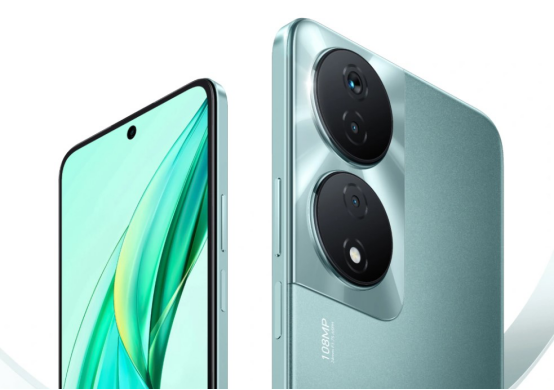One of the latest innovations in mobile phone technology
is the introduction of 3D depth cameras in several newer models. These cameras
offer a range of new possibilities for consumers and developers and are set to
play an essential role in the future of mobile phones. In this article, we will
explore the potential of 3D depth cameras and some of the challenges that
developers must overcome.

3D Depth
Cameras and Their Potential
A 3D depth camera is a sensor that enables a complete
range of depth perception information. Unlike standard cameras, 3D depth
cameras can perceive distance and map the entire environment in three
dimensions. You can find this camera in HONOR Magic6 Pro. This technology can
accurately record objects and surfaces' size, shape, and position in a scene.
This information can then be fed into augmented reality applications, allowing
users to interact with the world in new ways.
The Potential of 3D Depth Cameras
Integrating 3D depth cameras into mobile phones has
opened up many new possibilities for developers. These cameras can create
immersive augmented reality experiences, allowing developers to create
interactive user environments. Games and apps can be designed to interact with
the world around you, changing the environment based on where you are and what
you're doing.
Beyond gaming, 3D depth cameras can scan physical
objects, create 3D models, and send the resulting information to a 3D printer.
This technology can be used in manufacturing, allowing for the creation of
prototypes at a fraction of the cost and time required by traditional
manufacturing methods. It also has potential applications in fields such as
medicine and architecture, where the ability to scan and manipulate 3D models
can be a game-changer.

Challenges for Developers
While the potential of 3D depth cameras is exciting,
developers must also deal with several challenges. One significant challenge is
processing vast amounts of data in real-time. 3D depth cameras produce far more
data than traditional cameras, which can slow down processing speeds and cause
performance issues. Developers must find ways to process this data quickly and
efficiently to enable seamless user experiences.
Another challenge is the need to design user interfaces
that take full advantage of the new possibilities created by 3D depth cameras.
Developers must design interfaces that are intuitive and easy to use, allowing
users to interact with the new technology in familiar ways. They must also
create engaging and compelling experiences, convincing users to explore the
full potential of 3D depth cameras.
Conclusion
3D depth cameras of HONOR Magic6 Pro offer an exciting new frontier for mobile phone
technology. They allow developers to create entirely new user experiences, from
augmented reality games to 3D printing. However, developers must also work to
overcome several challenges, including processing power and UI design. With
continued investment and innovation, 3D depth cameras are set to play an
essential role in mobile phone technology for years to come.



